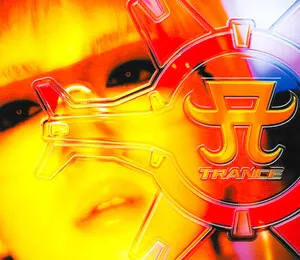
Uplifting trance (often called epic trance) is a highly melodic, euphoric branch of trance focused on emotional build-ups, expansive breakdowns, and triumphant drops. It typically runs between 134–140 BPM, using rich pads, supersaw leads, and wide, reverb-heavy atmospheres to create a sense of elevation and catharsis.
Signature elements include long, cinematic breakdowns with orchestral or choral textures, rising tension via filter sweeps and risers, and an anthemic main theme that resolves with a powerful, sidechained lead over a driving 4-on-the-floor kick. Harmonies favor modal/minor progressions that feel hopeful rather than dark, while tight drum programming and rolling basslines keep the dancefloor momentum.
The style is equally at home in instrumental form and in vocal-led tracks, where a memorable topline is woven into the arrangement and unleashed at the peak for a hands-in-the-air moment.
Uplifting trance emerged in the Netherlands, Germany, and the UK as trance producers pushed for bigger melodies and more dramatic structures. Early anthems blended the drive of techno and house with the psychedelic momentum of goa trance and the catchy hooks of euro-trance and dream trance. Labels and clubs like Gatecrasher and Trance Energy helped crystallize the sound.
By the turn of the millennium, uplifting trance was a global festival staple. Producers such as Ferry Corsten, Paul van Dyk, Tiësto (early career), and Above & Beyond defined the sound with soaring themes, supersaw leads, and extended breakdowns. Radio brands and compilations—especially Armin van Buuren’s A State of Trance—codified stylistic expectations and connected a worldwide audience.
As EDM and big-room house rose, uplifting trance adapted rather than disappeared. A 138 BPM movement emphasized classic drive and emotional intensity, while artists like Aly & Fila and Giuseppe Ottaviani kept the purist sound thriving through labels (e.g., FSOE) and dedicated stages at festivals. Digital production tools democratized the genre, enabling lush, high-fidelity sound design.
Uplifting trance remains a mainstay of trance lineups and radio shows, prized for its emotional release and communal feel. Modern productions balance pristine mixing, cinematic sound design, and timeless songwriting, influencing euphoric strains of hardstyle, festival progressive house, and melodic bass while preserving the genre’s signature catharsis.






